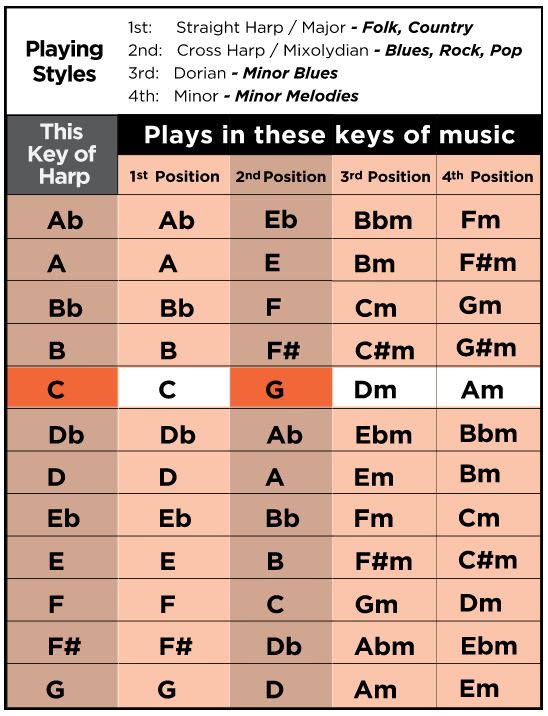Ahh the Neil Young classic "Heart of Gold". That is the song that inspired me to learn to play harmonica and guitar at the same time. It's just not the same without the harp solo.
Many folk songs are played in what's known as "first position" on the harmonica which is they key the song is in. Most blues are played in 2nd position which a 4th higher than the song key. Playing in second position is known as "cross harp" which often features a technique called note bending to play additional notes.
Neil Young, Bob Dylan and Woody Guthrie songs (to name a few prolific harp/guitar players in the folk genre) often feature harmonica parts in first position (key of the song).
Heart of Gold ends on a G chord and all the chords used are in the key of G major so it can be argued that the key is G. It could also be considered the relative minor of G which is Em. Either way, Neil Young used a G Major Diatonic Harmonica in Heart of Gold and that is what I use as well. Several other songs I play also use the G Major Harp.
Just like you, I like to tune my guitar a half step flat because it's easier for me to sing in that key.
The problem you and I have if we want to play Heart of Gold (or any song in the key of G in first position) a half step flat is that if we use the same chord set as in standard tuning we will be playing the song in the key of F# (or you could call it G flat).
Unfortunately F# harmonicas that are a half step lower than a typical G harmonica are rare. With most harmonica manufacturers who do produce a major diatonic harmonica in the key of F# - that is their highest key and is therefore 6.5 steps sharp vs. 1/2 step flat and is very shrill sounding. What you need to play heart of gold using the Em, D, G and C chord shapes but tuned half step below standard tuning, is a Major Diatonic Harmonica in the key of Low F# (LF#).
I have found two harmonica makers who offer a major diatonic harp in Low F#.
Lee Oskar Lee Oskar Website
Seydel Sydel Website
For future reference, I have inserted a handy Key Chart for Major Diatonic Harmonicas below courtesy of the Lee Oskar website. Have fun learning to play harmonica - it's a relatively easy instrument to learn to play in first position.


